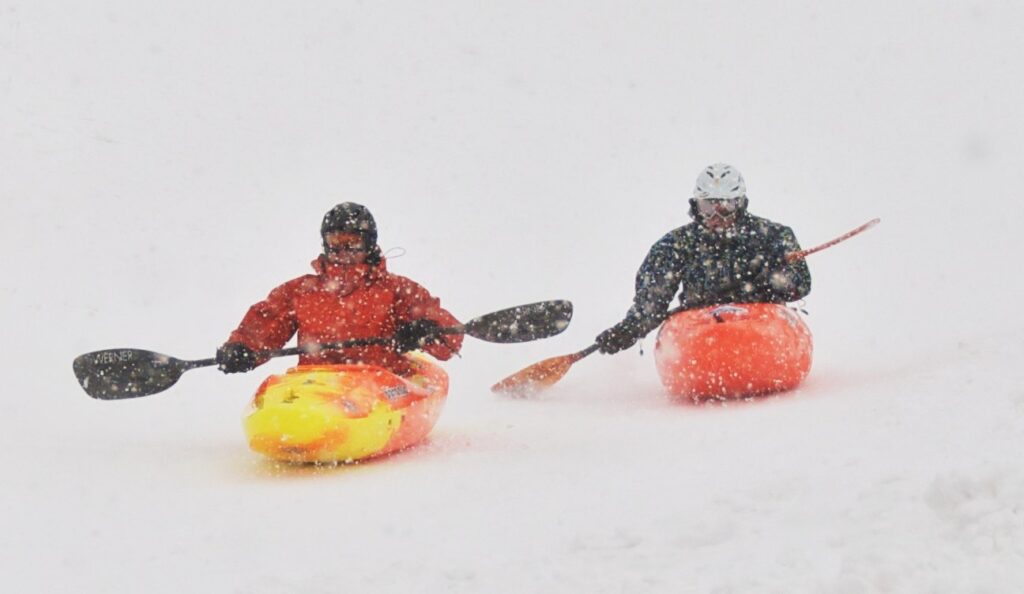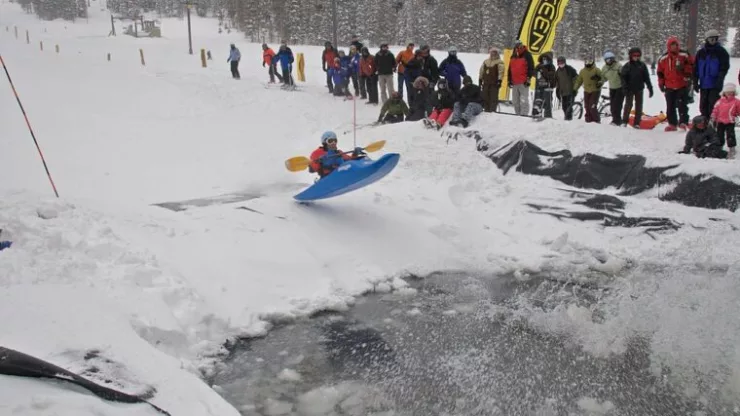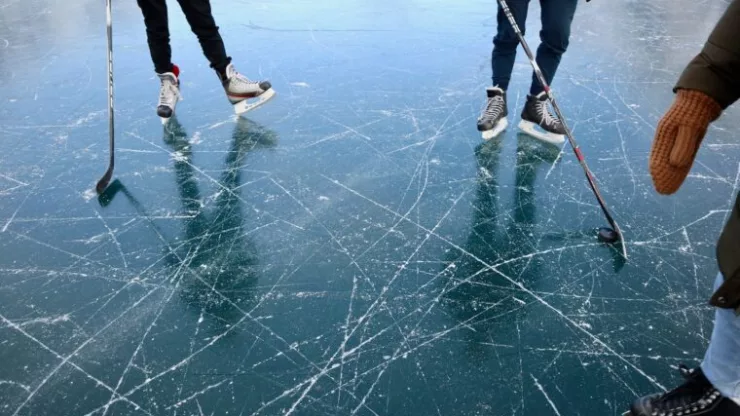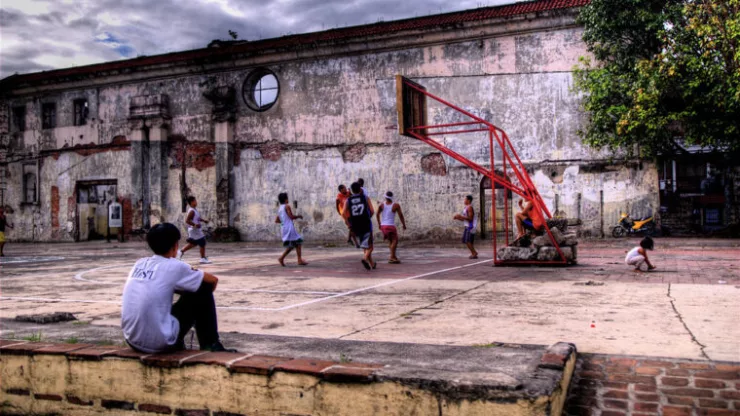When you think of kayaking, your mind likely conjures images of warm summer days and tranquil rivers.
However, there’s a thrilling winter version of this popular sport known as snow kayaking.
Combining elements of snowboarding, skiing, and kayaking, this adrenaline-pumping activity is not for the faint of heart.
In this article, we will dive into 10 fun facts about snow kayaking that will leave you wanting to hit the slopes!
1. Snow Kayaking Origin
Snow kayaking, also known as snow boating or snowkayak, originated in Europe in the early 2000s.
This extreme sport started as a fun way for kayakers to continue practicing their skills during the winter months when the rivers were frozen.
It quickly gained popularity and evolved into a competitive sport.
2. Modified Kayaks
Snow kayakers use modified kayaks designed specifically for the snowy slopes. These kayaks have grooved bottoms to help them glide smoothly on the snow.
Additionally, the kayaks are often made of more durable materials to withstand the impact of the icy terrain.
3. Personal Protective Equipment
Safety is paramount in snow kayaking, as the sport involves high speeds and challenging conditions. Participants wear helmets, goggles, and padded clothing to protect themselves from potential injuries.
Some even use body armor for added protection.
4. Paddles for Steering
Snow kayakers use their paddles to steer and maintain balance while going downhill.
The paddles are similar to those used in traditional kayaking but often have a shorter shaft and broader blades for better control on the snow.
5. Off-Piste and Slope Kayaking
There are two main types of snow kayaking: off-piste and slope kayaking.
Off-piste snow kayaking involves navigating through unmarked, ungroomed terrain, while slope kayaking takes place on designated ski slopes.
Off-piste snow kayaking is generally considered more challenging due to the unpredictable snow conditions and natural obstacles.
6. Races and Freestyle Competitions
Snow kayaking competitions typically fall into two categories: races and freestyle events. Races involve participants competing against each other to reach the finish line in the shortest time.
Freestyle competitions, on the other hand, focus on the performance of tricks, flips, and other maneuvers judged on style and creativity.
7. Various Skill Levels
Like any sport, snow kayaking has varying levels of difficulty. Beginners usually start on gentle slopes, learning the basics of steering and controlling their kayak.
As they gain experience and confidence, they progress to steeper slopes and more challenging terrain.

8. Snow Kayaking Events
Several snow kayaking events take place worldwide, with the most famous being the Red Bull Snow Kayak race in Estonia.
This annual competition attracts competitors from all over the world and features a challenging course with jumps, turns, and steep descents.
9. Snow Kayaking as a Winter Workout
Not only is snow kayaking an adrenaline-pumping sport, but it’s also a fantastic way to stay fit during the winter months.
Paddling and maneuvering the kayak through the snow require a significant amount of upper body strength, while maintaining balance engages the core muscles.
Plus, hiking back up the slope after each run provides an excellent lower body workout.
10. Accessible to All Ages
While snow kayaking may seem like an extreme sport reserved for daredevils, it’s actually accessible to people of all ages and fitness levels.
Children and seniors alike can enjoy the thrill of gliding down the slopes, provided they have the proper training, equipment, and safety precautions in place.
It’s an exciting way for families and friends to bond and create lasting memories on the snow.
Conclusion
Snow kayaking is an exhilarating winter sport that offers something for everyone.
Whether you’re a seasoned kayaker looking for a new challenge or a winter sports enthusiast seeking a unique experience, snow kayaking is worth a try.
With its origins in Europe, modified equipment, and worldwide events, this sport is steadily gaining popularity and making a name for itself in the realm of extreme sports.
So, bundle up, grab a paddle, and hit the slopes for an unforgettable snow kayaking adventure!
Q: What is snow kayaking?
A: Snow kayaking is a winter sport that involves using a kayak to slide down a snow-covered slope.
Q: Is snow kayaking safe?
A: Like any other outdoor activity, snow kayaking has its risks.
It’s important to wear appropriate safety gear and to only kayak on slopes that are designated for this activity.
Q: What kind of equipment do I need for snow kayaking?
A: You’ll need a kayak, paddle, helmet and appropriate clothing for cold weather.
Some people also use ski goggles and gloves.
Q: Where can I go snow kayaking?
A: Snow kayaking is typically done on ski slopes or other areas with packed snow.
Check with your local ski resort to see if they offer this activity.
Q: Can anyone try snow kayaking?
A: Snow kayaking can be enjoyed by people of all ages and skill levels.
However, it’s important to have basic knowledge of how to control a kayak before attempting this activity.

I am a fun fact enthusiast and creator of Facts On Tap.
I love to share my knowledge and curiosity with readers and inspire them to learn something new every day.
When I’m not writing, I enjoy traveling, reading, and playing trivia games with my friends.




